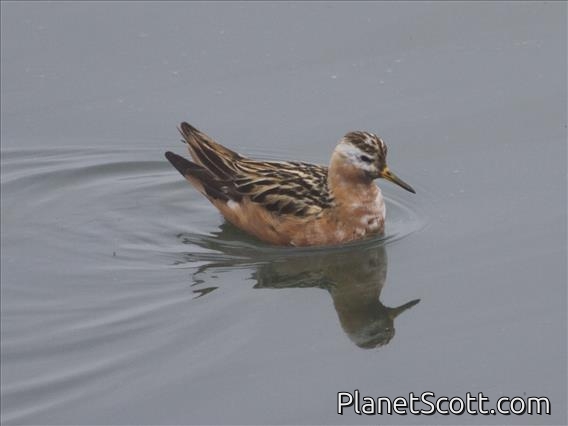Red Phalarope (Phalaropus fulicarius)

Red Phalarope (Phalaropus fulicarius)
×


Red Phalarope (Phalaropus fulicarius)
About Red Phalarope (Phalaropus fulicarius)
- Kingdom: Animals
- Phylum: Chordates
- Class: Birds
- Order: Pelicans
- Family: Sandpipers and Allies
The red phalarope or grey phalarope is a small wader. This phalarope breeds in the Arctic regions of North America and Eurasia. It is migratory, and, unusually for a wader, migrates mainly on oceanic routes, wintering at sea on tropical oceans.
Source: Wikipedia
Trips
Visits
-
2006-09-17
Lake Merced , United States of America -
2010-05-17
Farallones Marine Sanctuary, United States of America -
2013-08-18
Farallones Marine Sanctuary, United States of America -
2014-07-17
Nome--Safety Sound, United States of America -
-




